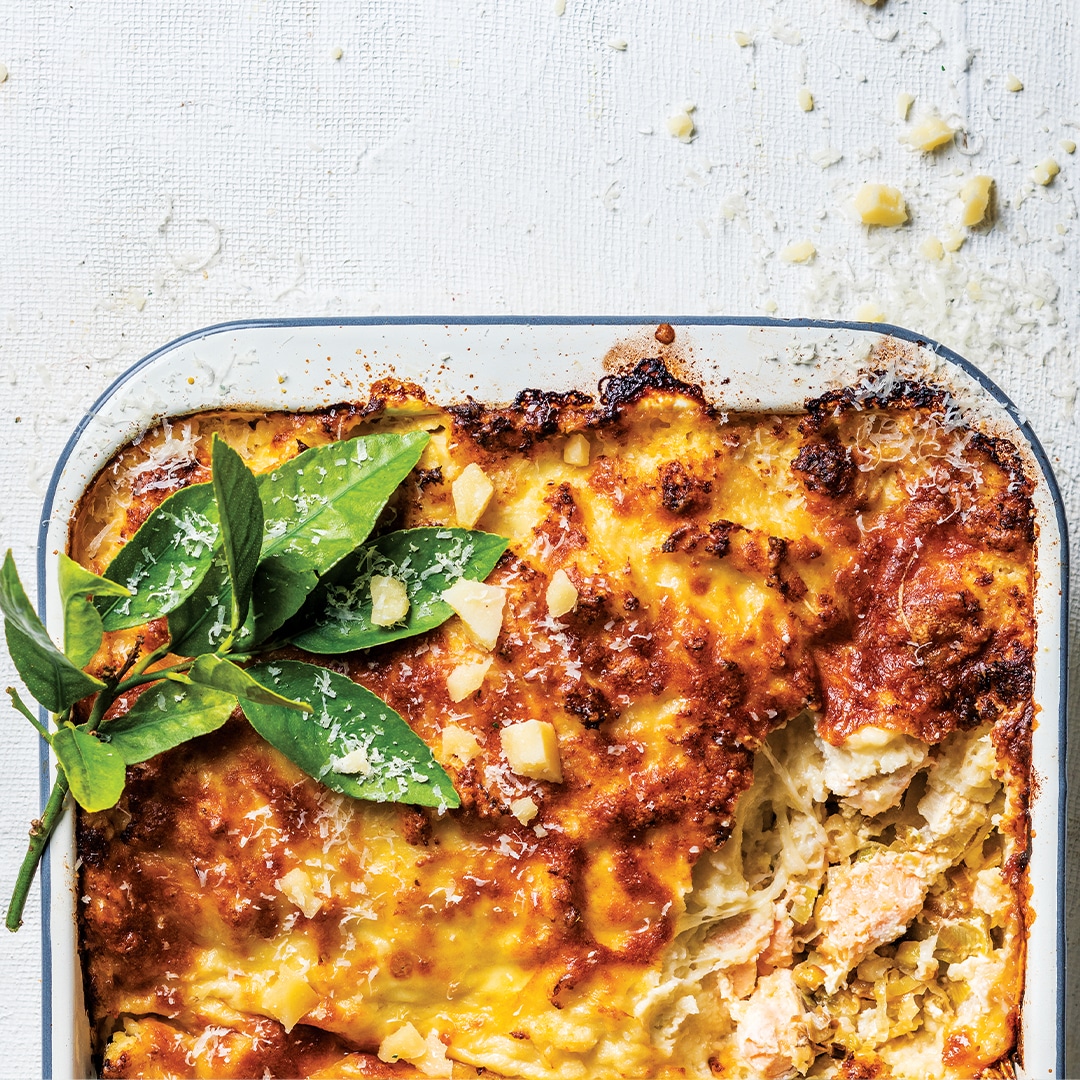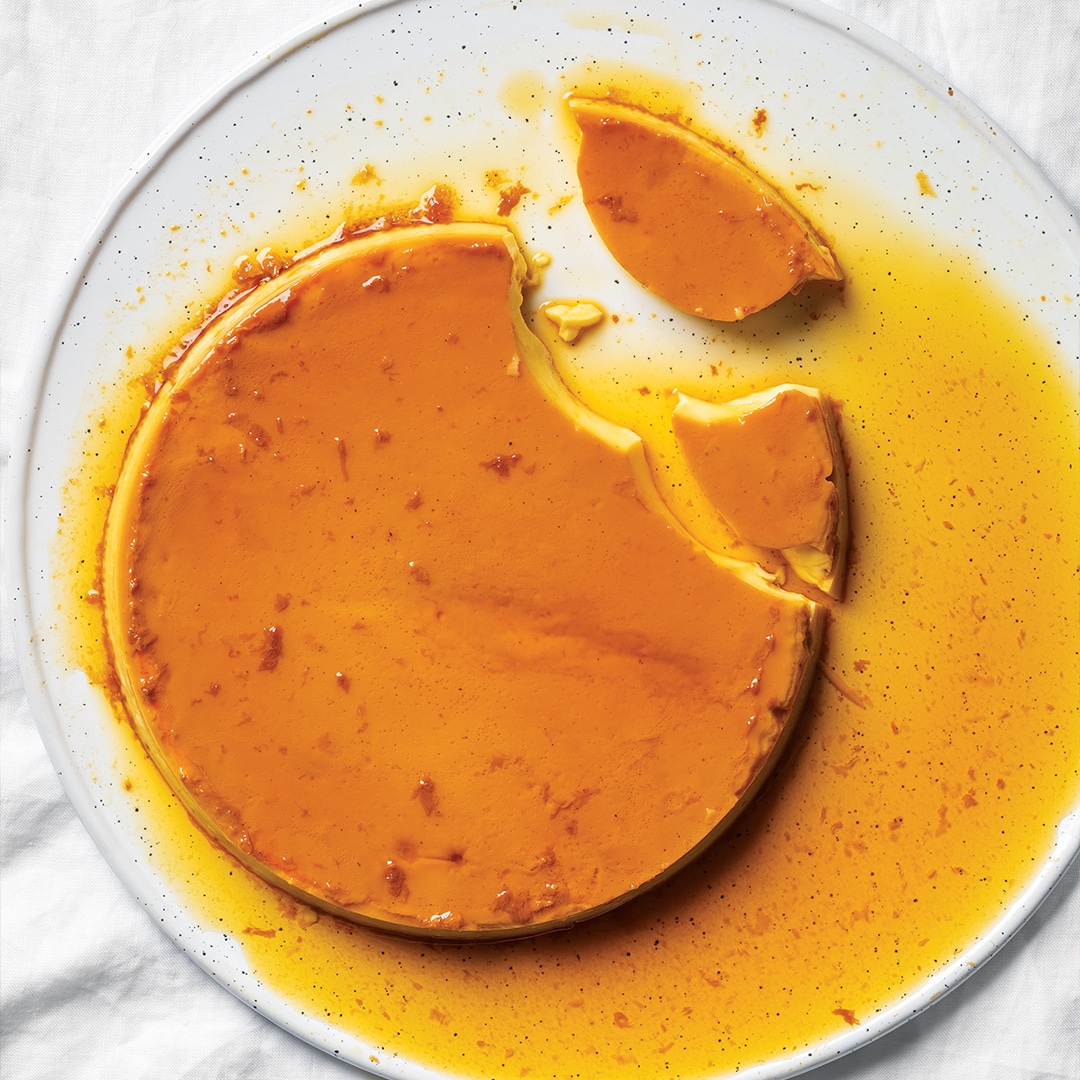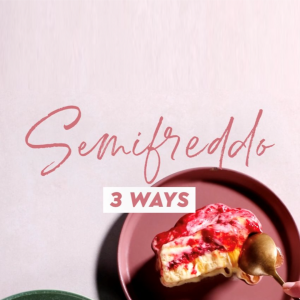Trish van der Nest has shared a second collection of deeply personal and treasured recipes from her second cookbook, Cooking with Love. they are over again Drawn from her life, they are meant to be made over and – and then passed on.
It all started as a way to keep the blues away. Trish van der Nest launched a weekly cook-off between herself, her husband and four adult children during the 2020 lockdown. The teams were judged on their table settings and food according to a theme. The result?
Huge laughter, showstopper meals and a reason to look back on that frightening time with at least a bit of warmth. During that period, lawyer and homeopath Trish wrote not one but two cookbooks.
A friend of Trish’s commented on her first book, Home Food, that he was grateful that the recipes that made his life so full have been preserved and shared. Aren’t we lucky to have a second volume, and perhaps we should take a leaf out of her book and remember to jot some of our own recipes down…

R320, Penguin Random House
SALMON AND LEEK PIE WITH CHEESY CAULIFLOWER MASH
Total Time 45 Minutes • Serves 4-6

Ingredients
800g cauliflower florets
1 cup grated Parmesan
1 cup grated mozzarella
1 Tbsp olive oil
400g leeks, thinly sliced
4–6 salmon portions (± 125g each), skin removed and cubed
Salt and black pepper to taste
250g crème fraîche
250ml pouring cream
Fresh dill or leafy herbs, optional, for garnish
Method
- Steam the cauliflower until just tender. Place in a blender or food processor and process until smooth. Add half the grated Parmesan and mozzarella and process until combined. (Don’t add salt, as the Parmesan is salty enough). Set aside.
- Heat the olive oil in a pan on medium, and stir-fry the leeks until soft.
- Arrange the salmon and leeks in an ovenproof dish and season to taste. Spoon over the crème fraîche and pour over the cream.
- Spoon over the cauliflower mash, spreading it to the edges of the dish. Sprinkle with the remaining Parmesan and mozzarella.
- Bake in a preheated oven at 180°C for 20 minutes, until the salmon is cooked and the cauliflower mash is golden. Scatter over some chopped dill or leafy herbs before serving.
‘My father, Les Marlow, was not a dessert man, but he was firmly of the belief that if you were going to indulge, there was only one dessert worth having, and that was crème caramel.’
CRÈME CARAMEL
Makes 1 • Serves 6-8

Ingredients
FOR THE CARAMEL
½ cup castor sugar
¼ cup water
¼ tsp cream of tartar
FOR THE CUSTARD
2 cups (500 ml) milk
1 tsp vanilla paste or the seeds of 1 vanilla pod
3 eggs plus 2 egg yolks
¼ cup castor sugar
Method
FOR THE CARAMEL
- Place the sugar and water in a small saucepan and bring to the boil, stirring, until the sugar dissolves. As it comes to the boil, add the cream of tartar.
- When the caramel starts to turn golden-brown, remove from the heat.
- Spray a mould or baking dish with non-stick cooking spray. Carefully pour the caramel into the mould, swirling it around so the caramel forms a thin, even layer on the base, then turn it upside down and let any excess caramel drain away onto baking paper. Take care, as the caramel will be extremely hot. (This can be done up to a day ahead).
FOR THE CUSTARD
- Place the milk in a pot and bring almost to the boil, then remove from the heat and stir in the vanilla paste or seeds.
- Combine the eggs, egg yolks and sugar in a bowl. Beat until thick. Pour the warm milk into the egg mixture and stir through. Strain the custard through a fine sieve into the mould.
- Stand the mould in a deep roasting pan and pour in enough water to come half-way up the sides.
- Bake in a preheated oven at 180°C for 1 hour, or until just set. Remove the mould from the water bath, place on a tray and chill in the fridge for at least 3 hours, or up to a day.
- To release the crème caramel, run a sharp knife around the edge of the custard, then dip the base of the mould in hot water.
- Cover the mould with a serving plate and invert it, then carefully remove the mould, allowing any extra caramel to drizzle over the top of the custard.
NOTES
- To make individual crème caramels, use ramekins or small moulds.
- Instead of castor sugar, you can use xylitol castor sugar or a baking sugar alternative (a finely textured blend that is ideal for baking).
Words by Christi Nortier
Photography: Donna Lewis




